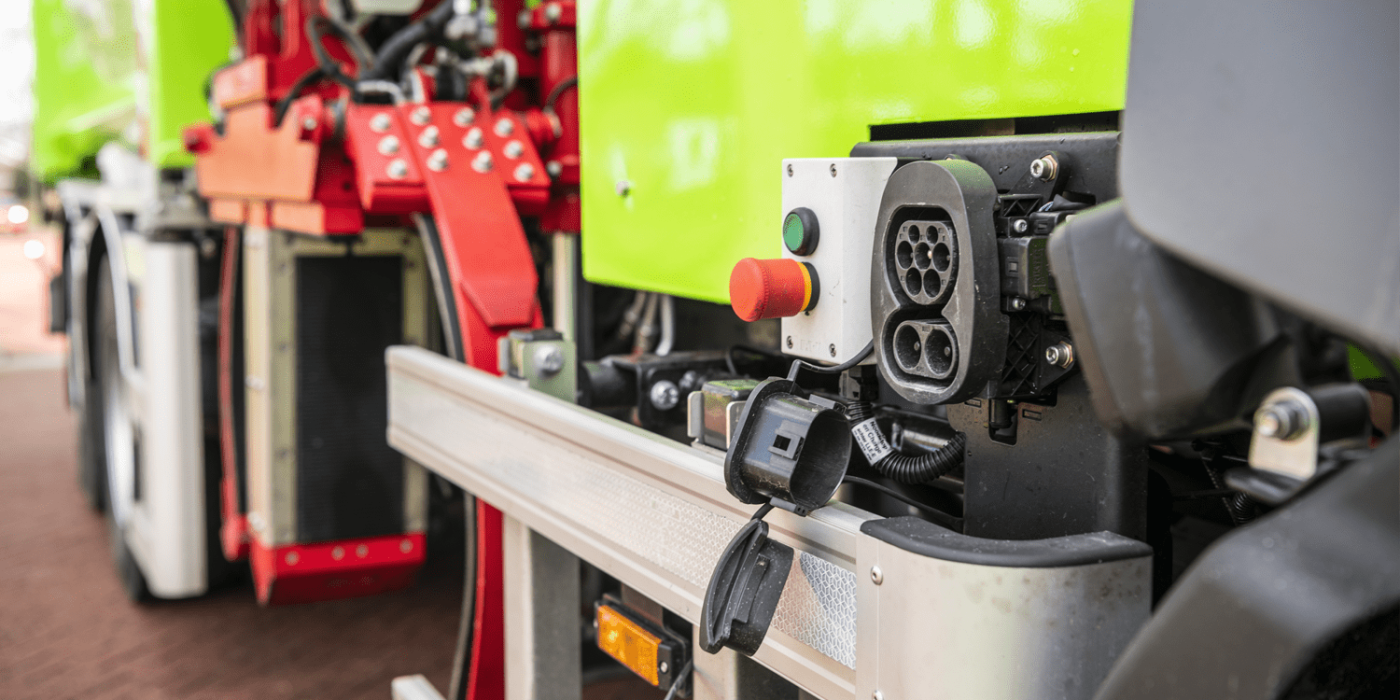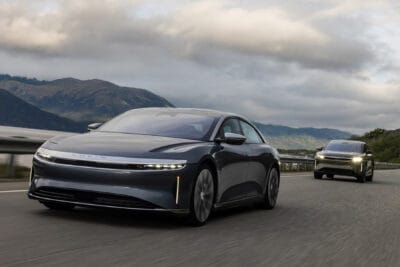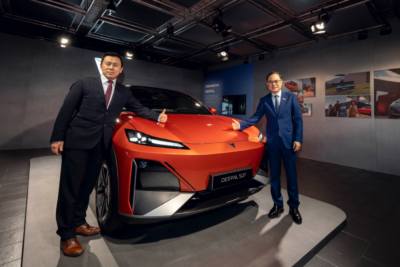ACEA demands 90,000 electric truck charge points by 2030
The European Automobile Manufacturers’ Association (ACEA) is calling for binding targets for charging infrastructure for zero-emission trucks. They released new data on the number of charging points and H2 re-filling stations required to meet the EU’s 2025 and 2030 CO2 targets for heavy-duty vehicles.
Starting with charging points for battery-electric trucks, ACEA reckons this means going from close to zero today to some 90,000 public points over the next decade to enable the transition to carbon-neutral road transport.
In numbers, at least 17,000 publicly accessible DC charging points for e-trucks would be required by 2025 to reach the CO2 reduction targets in the European Union (-15 per cent), formulates the Brussels-based association representing 16 European car, van, truck and bus manufacturers. The ACEA also calculated the charging capacity and estimated 4,000 would need to have a charging capacity of up to 100 kW, 11,000 to 350 kW and 2,000 over 500 kW. In addition, there is a need for at least 20,000 depot charging points.
According to ACEA, these figures should increase to at least 200,000 depot chargers and 90,000 public DC chargers by 2030 when the EU aims to reduce carbon emissions by 30%. Here, ACEA demands a total of 50,000 DC charging points up to 100 kW and 20,000 charging points each up to 350 kW and over 500 kW of power by 2030.
As far as publicly accessible hydrogen filling stations for fuel cell trucks are concerned, at least 50 are required by 2025 and at least 500 by 2030.
The ACEA’s demands come amid the Covid-19 pandemic that not only sees factories remaining close but had lobbyist from the oil-related industries hoping for a respite from the incoming CO2 reduction targets. Henrik Henriksson, Chairman of ACEA’s Commercial Vehicle Board and CEO of Scania, said however that “despite the crisis, we are keeping the long-term climate objectives in sight. Neither the truck industry nor policymakers can afford to drop the ball on this right now.”
Last year, the EU adopted its first-ever CO2 standards for heavy-duty vehicles, which will apply in 2025 (-15%) and 2030 (-30%) as outlined above. Henriksson called these CO2 targets for trucks “extremely challenging milestones” but added the industry’s commitment to “bring a growing number of zero-emission trucks to the market”.
However, the required ramp-up has been slow. To date, the majority of trucks sold in Europe today still runs on diesel. ACEA statistics now reveal that 97.9% of all medium and heavy-duty vehicles sold in 2019 ran on diesel, 0.1% ran on petrol, 1.7% ran on natural gas, 0.2% were electrically-chargeable, and 0.1% were hybrid electric.
Forecasting to 2030, a fleet of approximately 200,000 battery-electric trucks should be in operation in the EU to meet the CO2 target set for that year, estimates ACEA. With some 700 medium and heavy battery-electric vehicles (over 3.5 tonnes) sold last year, this means that sales of electric trucks will have to grow 28-fold over the next ten years.
Using these numbers, the ACEA chairman stressed: “We urgently need Europe to introduce binding commitments for the deployment of at least 37,000 charging points, 50 hydrogen filling stations and 750 LNG-stations suitable for heavy-duty vehicles already by 2025.”
Missing technical standards should also be defined, and the necessary standardisation processes must start immediately. Finally, investments in charging and re-fuelling infrastructure will require significant financial and administrative support from the EU and national governments. Transport operators, in particular, should be incentivised to invest early in private and semi-publicly accessible depot charging stations, according to the ACEA.
First commercial initiatives are already underway. The E-Mobility Group from Daimler Trucks & Buses has launched a global scheme to establish a charging infrastructure for battery-electric trucks. The ‘eTruck Charging Initiative’ focuses on charging stations installed at the depots of truck customers as reported.





0 Comments